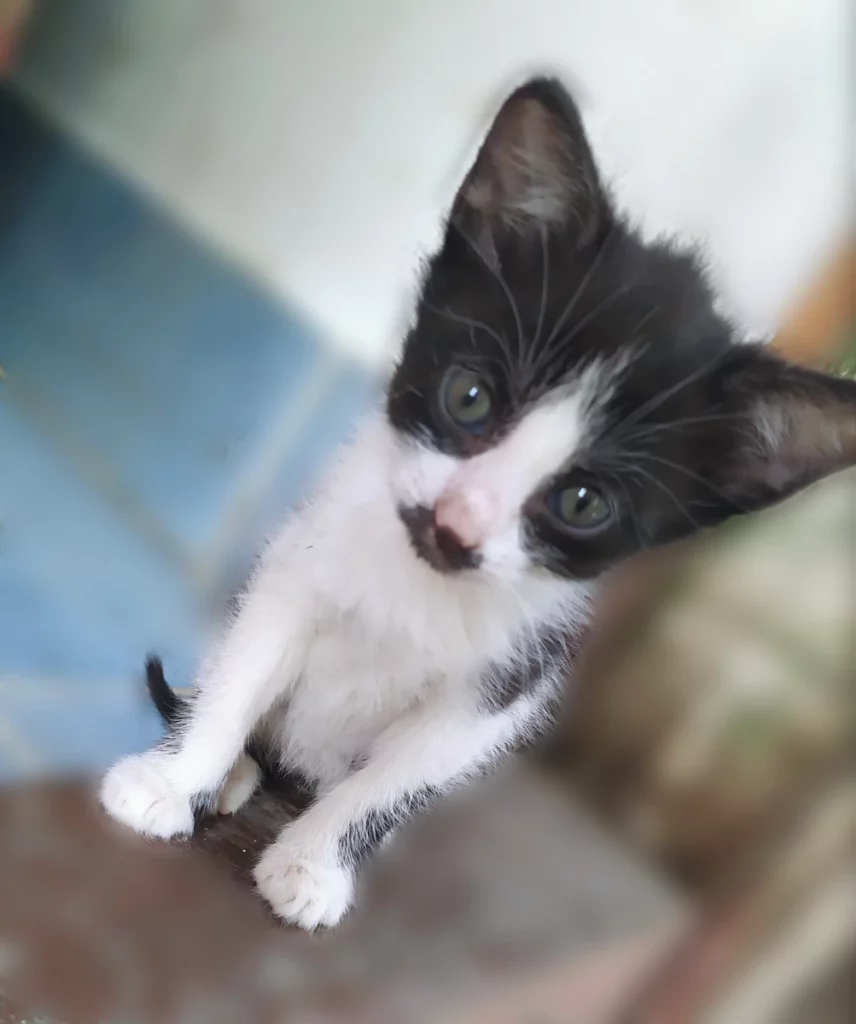Home > Teams > Metabolic and Cardiovascular Diseases > HCEMM-SU Molecular Channelopathies Research Group > Group Leader
Family name, First name: László, Csanády
Researcher unique identifier: O-5784-2017
Google Scholar:
ORCID: 0000-0002-6547-5889
URL for web site: https://semmelweis.hu/biokemia/research/csanady-group/
1989-1995 Semmelweis University Medical School, Budapest: medicine, M.D. (1995)
1995-2000 The Rockefeller University, New York: biophysics/physiology, Ph.D. (2000)
2016 Hungarian Academy of Sciences: D.Sc. (2016)
Semmelweis University, Department of Medical Biochemistry
2020- Chair, Institute of Biochemistry and Molecular Biology
2018- Professor
2009-2018 Associate Professor
2007-2009 Assistant Professor
2003-2007 Instructor
2000-2003 Postdoctoral fellow
Biophysical Society (member since 1997)
Elife (member of board of reviewing editors since 2017)
Journals: Journal of General Physiology, Journal of Physiology, British Journal of Pharmacology, Journal of Biological Chemistry, Proc Natl Acad Sci USA, Nat Commun, Elife
Funding agencies: Cystic Fibrosis Trust, Wellcome Trust, Hungarian Scientific Research Fund
1992-95 Fellowship of the Hungarian Republic
1995 1st Prize, Student Research Conference (Semmelweis University)
1999 Gosau Young Investigator Award (FEBS Advanced Lecture Course)
2006 Gedeon Richter Research Career Award
2006 János Bolyai Research Fellowship (Hungarian Academy of Sciences)
2008 Tivadar Huzella Award (Semmelweis University)
2010 János Bolyai Research Fellowship (Hungarian Academy of Sciences)
2012 International Early Career Scientist Award (Howard Hughes Medical Institute)
2012 Merit Award (Semmelweis University)
2013 Habilitation (Semmelweis University)
2014 Merit Award (Semmelweis University)
2014 Distinguished Teacher Award (Semmelweis University)
2015 Paul Cranefield Award (Society of General Physiologists)
2016 Doctor of the Hungarian Academy of Sciences (Hungarian Academy of Sciences)
2016 Merit Award (Semmelweis University)
2017 Academy Award (Hungarian Academy of Sciences)
2021 Széchenyi Award
2017-2022: Hungarian Academy of Sciences Momentum Award
2021-2023: Cystic Fibrosis Foundation Research Grant
2019-2024: Hungarian Center of Excellence for Molecular Medicine Resrach Group Leader Award
2017-2019: Cystic Fibrosis Foundation Research Grant
2012-2017: Howard Hughes Medical Institute International Early Career Scientist Award
2015-2017: Cystic Fibrosis Foundation Research Grant
2012-2017: Hungarian Academy of Sciences Momentum Award
2010-2015: National Institutes of Health Research Grant (R01)
2007-2011: Wellcome Trust Project Grant
2007-2011: FIRCA Basic Biomedical (FIRCA-BB)
This project has received funding from the European Union’s Horizon 2020 research and innovation programme under grant agreement No 739593. HCEMM supported by EU Programme: H2020-EU.4.a. – Teaming of excellent research institutions and low performing RDI regions. Project starting date was 1 April 2017.






